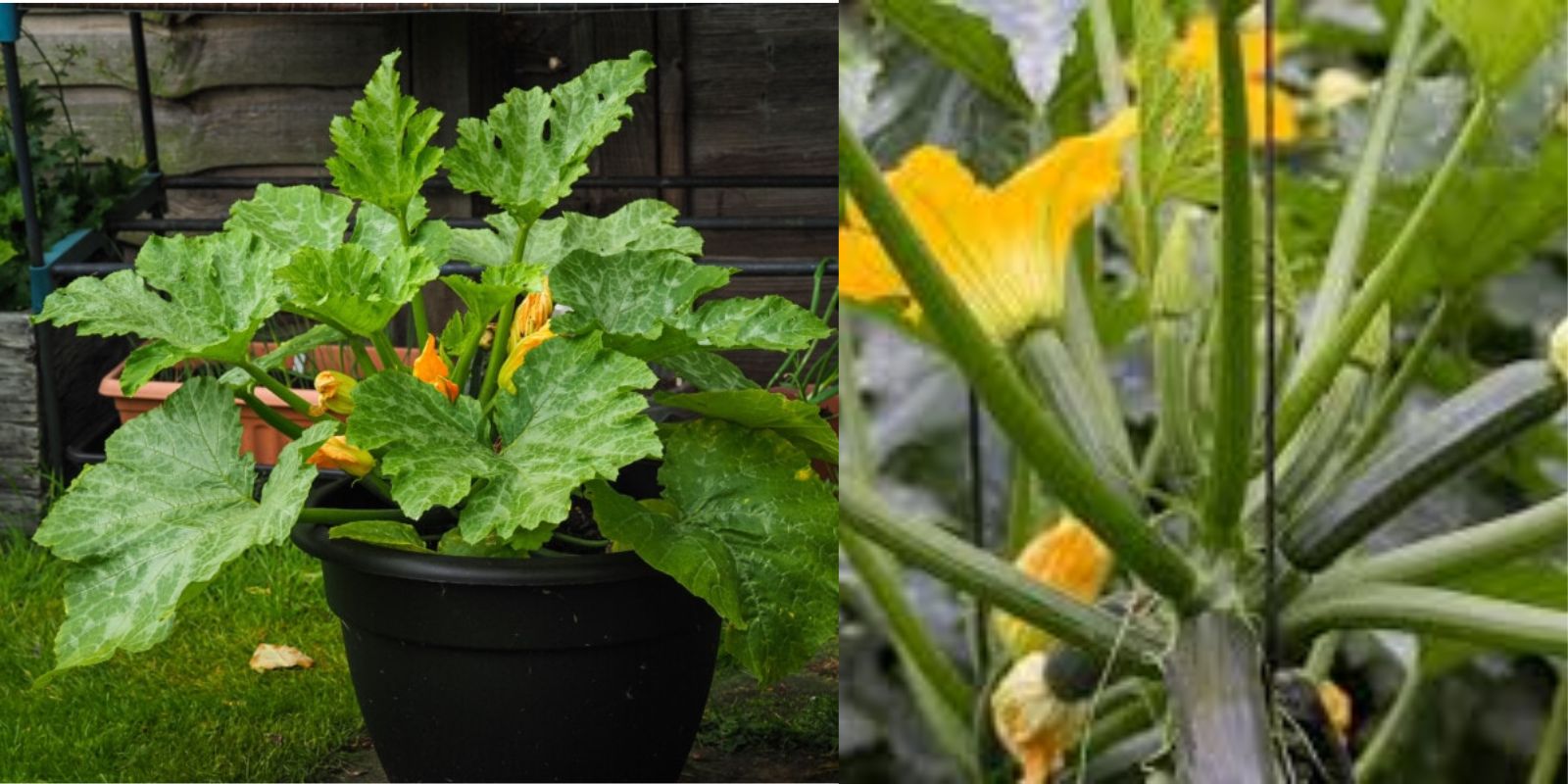Zucchini, also known as courgette, is a beloved summer squash that grows easily in most home gardens. Whether you’re a beginner or a seasoned gardener, zucchini can reward your efforts with a plentiful harvest if you provide the right care and attention. This guide delves into six essential tips to help you cultivate healthy zucchini plants, ensuring they thrive and produce delicious fruits for your table.
1. Choosing the Right Spot for Planting
Zucchini is a sun-loving plant that requires plenty of light to grow and produce well. When choosing a spot for planting:
- Ensure Full Sunlight: Pick a location that gets 6–8 hours of direct sunlight daily. Without sufficient light, your plants might grow leggy and produce fewer fruits.
- Soil Requirements: Zucchini thrives in well-drained soil rich in organic matter. Before planting, amend your soil with compost or well-rotted manure to ensure it is nutrient-rich.
- Raised Beds or Ground: Zucchini grows well in both raised beds and in-ground gardens, as long as drainage is optimal.
Properly preparing the planting site sets the stage for vigorous growth and abundant yields.
2. Timing It Right: Planting Zucchini
Zucchini is a warm-season crop, meaning it thrives in the warmth of spring and summer. Here’s how to ensure proper timing:
- Direct Sowing: Sow seeds directly in the garden after the danger of frost has passed and the soil has warmed to at least 60°F (15°C).
- Indoor Starting: For an early start, plant seeds indoors 2–4 weeks before the last frost date. Transplant seedlings when they have 2–3 true leaves and the weather is reliably warm.
- Successive Planting: To enjoy a continuous harvest, consider planting new zucchini seeds every two weeks throughout the growing season.
Planting at the right time ensures your zucchini plants have the ideal conditions to flourish.
3. Spacing Matters: Allow Room to Grow
Zucchini plants grow quickly and require adequate space to spread their vines and leaves. Proper spacing is critical for healthy growth:
- Spacing Guidelines: Provide 2–3 feet of space between each plant or mound. For bush varieties, a little less spacing may suffice.
- Air Circulation: Proper spacing promotes air circulation, reducing the risk of fungal diseases like powdery mildew.
- Companion Plants: Avoid planting zucchini near competing plants like potatoes or overcrowding it with other squash varieties.
A well-planned layout supports healthy plants and maximizes production.
4. Consistent Watering for Thriving Plants
Water is crucial for zucchini’s rapid growth and fruit development, but too much or too little can harm the plants. Follow these tips:
- Maintain Moist Soil: Keep the soil consistently moist but not soggy. Zucchini prefers deep watering rather than frequent shallow watering.
- Water at the Base: Avoid wetting the leaves, as excess moisture on foliage can lead to fungal diseases. Use drip irrigation or a soaker hose if possible.
- Mulching: Apply mulch around the base of the plants to retain moisture, regulate soil temperature, and suppress weeds.
Consistent watering helps zucchini plants remain healthy and productive.
5. Feed for Success: Fertilization Tips
Zucchini plants are heavy feeders, meaning they require ample nutrients to support their growth and fruiting stages. Here’s how to fertilize effectively:
- Before Planting: Incorporate compost or a balanced slow-release fertilizer into the soil.
- During Growth: Feed the plants every 2–3 weeks with a balanced fertilizer or compost tea. Focus on nitrogen during the vegetative stage and potassium/phosphorus as the plants begin flowering.
- Organic Options: For eco-friendly gardening, use natural fertilizers like fish emulsion, bone meal, or worm castings.
Providing the right nutrients ensures vigorous growth and continuous production.
6. Harvest Frequently for a Continuous Crop
Harvesting zucchini at the right time encourages plants to produce more fruits throughout the season. Here’s what to keep in mind:
- Size Matters: Pick zucchini when they’re 6–8 inches long for optimal flavor and texture. Overgrown zucchini can become tough and seedy.
- Regular Harvesting: Check the plants daily, as zucchini grows quickly. Frequent harvesting prevents the plant from focusing energy on maturing fruits.
- Gentle Handling: Use pruning shears or a sharp knife to avoid damaging the plant while harvesting.
A regular harvesting routine keeps plants productive and ensures you enjoy the freshest zucchini.
Bonus Tips for Successful Zucchini Gardening
- Pest Management: Keep an eye out for common pests like squash bugs and vine borers. Use neem oil or floating row covers to protect your plants.
- Pollination Support: If you notice flowers but no fruits, hand-pollinate the blossoms using a soft brush or by gently transferring pollen between flowers.
- Prevent Disease: Practice crop rotation and avoid planting zucchini in the same spot year after year to reduce disease risk.
Conclusion: From Seed to Harvest, Zucchini Made Easy
Growing zucchini can be a highly rewarding experience, especially with these essential tips. From choosing the perfect spot and planting at the right time to consistent watering and timely harvesting, these steps pave the way for a bountiful crop.
With a little care and attention, your zucchini plants will reward you with an abundance of fresh, delicious fruits throughout the growing season. So, roll up your sleeves, get planting, and enjoy the fruits of your labor!
🌱 Have your own zucchini-growing secrets? Share them below and inspire fellow gardeners!
#GrowYourOwnFood #ZucchiniGarden #GardeningTips #EdibleGarden #SustainableLiving #GreenThumb

